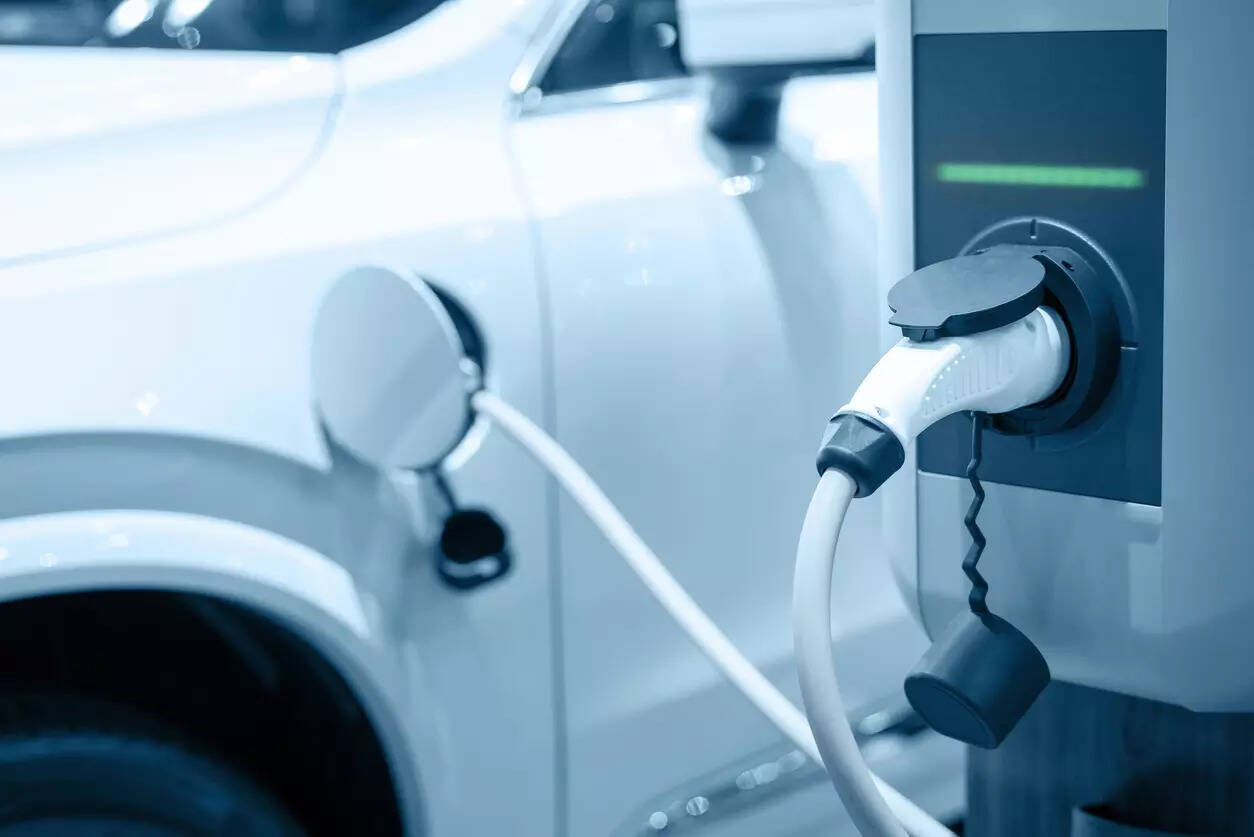
The Tamil Nadu government is all set to give a fresh charge to its electric vehicle (EV) eco-system by updating policy in February. The new policy has taken cues from other top EV hubs such as Maharashtra, Gujarat and Karnataka. This includes demand-side incentives, a wider range of supply side carrots, incentives for charging infrastructure, as well as policy nudges to transform the current pool of diesel light commercial vehicles into electric.
Nearly all of this is in line with what stakeholders have been demanding. “The new policy needs to subsidise retrofitting of two- and three-wheelers. This will encourage the large number of internal combustion engine (ICE) three-wheelers to switch to electric,” says IIT Madras professor and EV evangelist Ashok Jhunjhunwala. Sources in government say the new policy will, in fact, offer some incentives for retrofitting, especially commercial vehicles. This is intended to make TN’s EV outlook more “comprehensive and competitive”.
The new EV policy will also do a rethink on state subsidy to add to the FAME 2 incentives. This is something a number of states, especially Haryana, are adopting to fast-track electric mobility. Already, the Tamil Nadu government has announced road tax carrots for EVs as part of demand-side incentives. “This is expected to expedite the adoption of electric vehicles and promote the growth of the EV ecosystem. Industry hopes to see more policies on the manufacturing front that will aid further development,” says Suhas Rajkumar, founder-CEO of Simple Energy which has just inaugurated its new plant at Shoolagiri with an initial investment of `100 crore. The new policy will also increase incentives on the supply side to ensure TN stays on a par with Karnataka, Maharashtra and Gujarat, say state government sources.
Carrots aside, what industry really wants is predictability. “What we are looking for are mid-term and long-term policies from all state governments so that industry knows the roadmap for the next 2-4 years at least. Some states have taken the lead with electric mobility supporting two- and three-wheelers, but now personal cars should also be promoted. Also, state governments can support financing or leasing of EVs for B2B usage,” says Sohinder Gill, director general of Society of Manufacturers of Electric Vehicles.
Along with demand and manufacturing benefits, charging infrastructure will also get a boost in the new EV policy, say sources. The government is mulling incentives on battery charging and swapping, but only for public charging and swapping stations. Private charging stations of cab aggregators will also qualify for benefits. That’s directly in line with industry demands as well. “For public charging stations, the return on investment will be a problem till footfalls grow substantially. So, this segment needs support if the government wants to boost EV adoption,” says Amit Gupta, business head, energy infrastructure solutions, Delta Electronics India. Delta, he adds, has already built 7,000 chargers and is now focusing on green charging stations, which use renewable energy sources.
But beyond the three-way focus of consumption carrots, EV manufacturing incentives and charging network support, industry is also looking for some support for makers of critical EV components to back up what the PLI (productivity-linked incentive) schemes are offering. “In batteries, the principal support is through PLI, which is focused on capital-intensive cell manufacturing. State governments can play a different role by incentivising components such as plastic holders, metal for busbar (nickel) and battery management systems (BMS), which are currently imported by most EV players,” says Nikhilesh Mishra, co-founder of Grinntech which makes lithium ion batteries and energy storage systems.
Given that TN is already an auto hub, support like this could bring incremental investments to the state. “Local design and manufacturing of motors, controllers, BMS and chargers will help scale up the state’s EV capabilities,” says Jhunjhunwala. “Tamil Nadu is already an auto hub, so this is extremely doable.”
Also Read:
